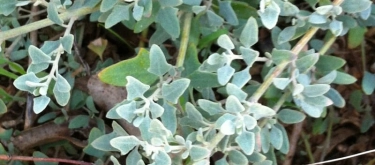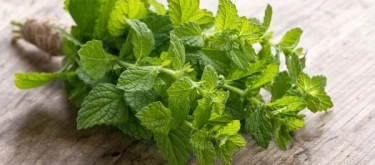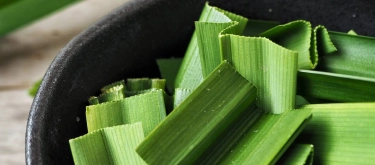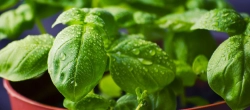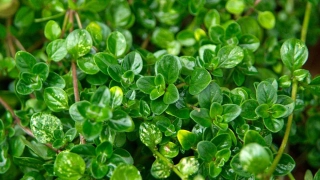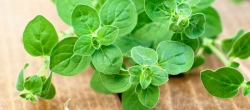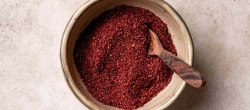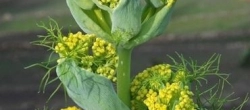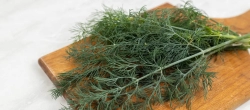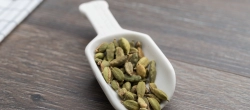Lemon Myrtle: Taste Profile, Aroma, Benefits and Health Risks
Lemon Myrtle (Backhousia citriodora) is a native Australian plant revered for its intensely fragrant leaves and high citral content. Found in subtropical regions of Queensland and New South Wales, it has been traditionally used by Indigenous Australians for culinary, medicinal, and ceremonial purposes. Today, it is a prominent ingredient in modern Australian cuisine and natural wellness products.
Lemon myrtle is generally safe, but its high concentration of essential oils may cause sensitivities in some individuals.
What does Lemon Myrtle taste like?

Complete Sensory Description:
-
Taste: Lemon myrtle offers a powerful, clean lemon flavor with subtle eucalyptus and herbal undertones. It is more lemony than lemon itself, with a vibrant citrus sharpness.
-
Aroma: Strong, fresh lemon fragrance, rich in citral (over 90%), with subtle spicy and minty notes.
-
Texture: When fresh, the leaves are soft and pliable; when dried, they become brittle and crumble easily into powder.
-
Appearance: Shiny, elongated green leaves when fresh; pale green to brownish flakes when dried.
In-depth Flavor Analysis:
The dominant flavor compound in lemon myrtle is citral, present at concentrations higher than in lemongrass or lemon peel. This gives it an exceptionally intense citrus flavor and aroma. Supporting terpenes provide depth, contributing subtle menthol and herbal qualities. When used fresh, the flavor is bold and crisp; drying concentrates the citral, intensifying the lemon character even further.
Flavour Variations Depending on Preparation and Ripeness:
-
Ripeness: Young leaves tend to be milder in flavor and aroma, while mature leaves contain the highest citral content and are preferred for culinary use.
-
Preparation: Drying intensifies the citrus aroma and allows for easier storage and incorporation into spice blends or infusions. Cooking with lemon myrtle gently diffuses its flavor; overcooking may reduce aromatic intensity, so it's best added at the end of cooking.
Varieties and Culinary Applications:
Only one botanical species is widely used, but flavor intensity can vary depending on origin and growth conditions. Lemon myrtle is a versatile ingredient used in teas, baked goods, sauces, marinades, dressings, and spice blends. It pairs exceptionally well with chicken, fish, seafood, dairy, and fruit-based desserts.
Selection and Storage:
Choose whole dried leaves or powders that are aromatic and free from excess moisture. Store in airtight containers away from light and heat to preserve essential oils and flavor. Fresh leaves should be refrigerated and used within a few days.
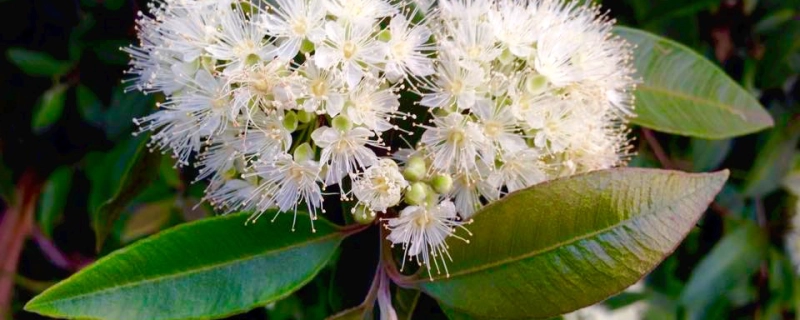
Nutritional Insights:
Lemon myrtle contains high levels of antioxidants and antimicrobial compounds. It also exhibits anti-inflammatory and antifungal properties. Although typically consumed in small amounts, it may contribute to immune support and digestive health.
Expert Insights & Culinary Tips:
Chefs recommend using lemon myrtle sparingly due to its intense flavor. It can easily dominate dishes, so it’s best used in balance with milder ingredients. It blends well with honey, coconut, white chocolate, and mild proteins like chicken or white fish.
Interesting and Curious Facts:
-
Indigenous Australians traditionally used lemon myrtle leaves for flavoring foods and treating colds and infections.
-
Lemon myrtle essential oil is also used in perfumery and cleaning products due to its fresh scent and antimicrobial properties.
-
The phrase "more lemony than lemon" is often used to describe its citral-rich aroma.
Harm and Dietary Considerations:
While generally safe in culinary quantities, lemon myrtle essential oil in concentrated form can irritate skin and mucous membranes. It is not recommended to give lemon myrtle in concentrated form (e.g., essential oil or extract) to infants or children under 3 years old. Pregnant or breastfeeding individuals should consult a healthcare provider before consuming lemon myrtle in medicinal doses.
Religious Dietary Considerations:
Lemon myrtle is plant-based and universally acceptable across all major religious dietary practices.
Final Thoughts & Sensory Journey:
Lemon myrtle provides an exhilarating burst of citrus intensity with herbal depth, making it a prized ingredient in modern Australian cuisine. Its unmistakable aroma and flavor elevate dishes from simple to extraordinary.
Resources:
-
"Australian Native Food Plants: Propagation and Cultivation" by Yasmina Sultanbawa and Fazal Sultanbawa (2016).
-
"Herbal Medicine: Biomolecular and Clinical Aspects" edited by Iris F.F. Benzie and Sissi Wachtel-Galor (2011).
-
"Flavour Science" by Andrew Taylor and Deborah Mottram (2006).
